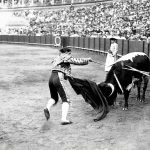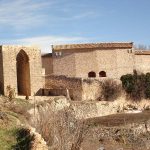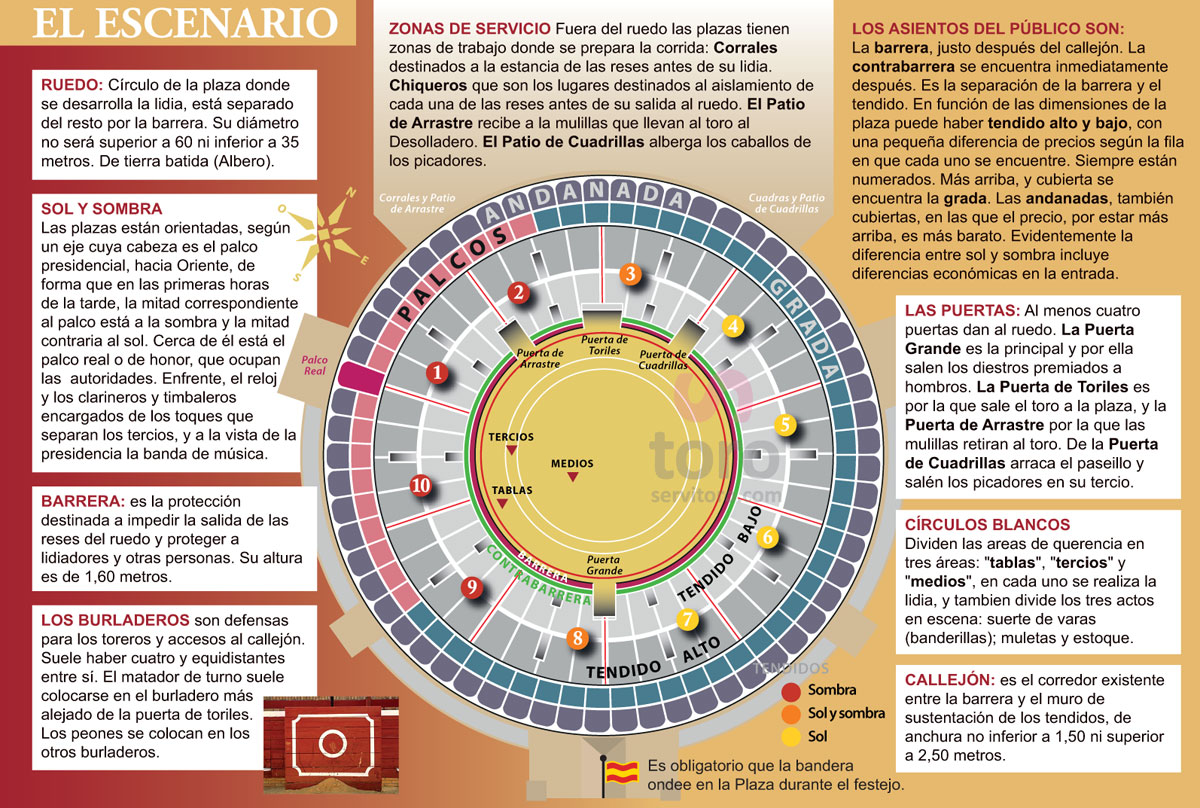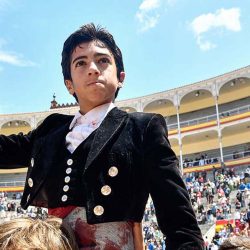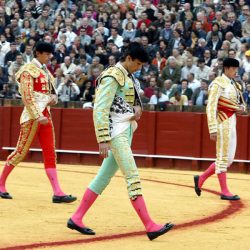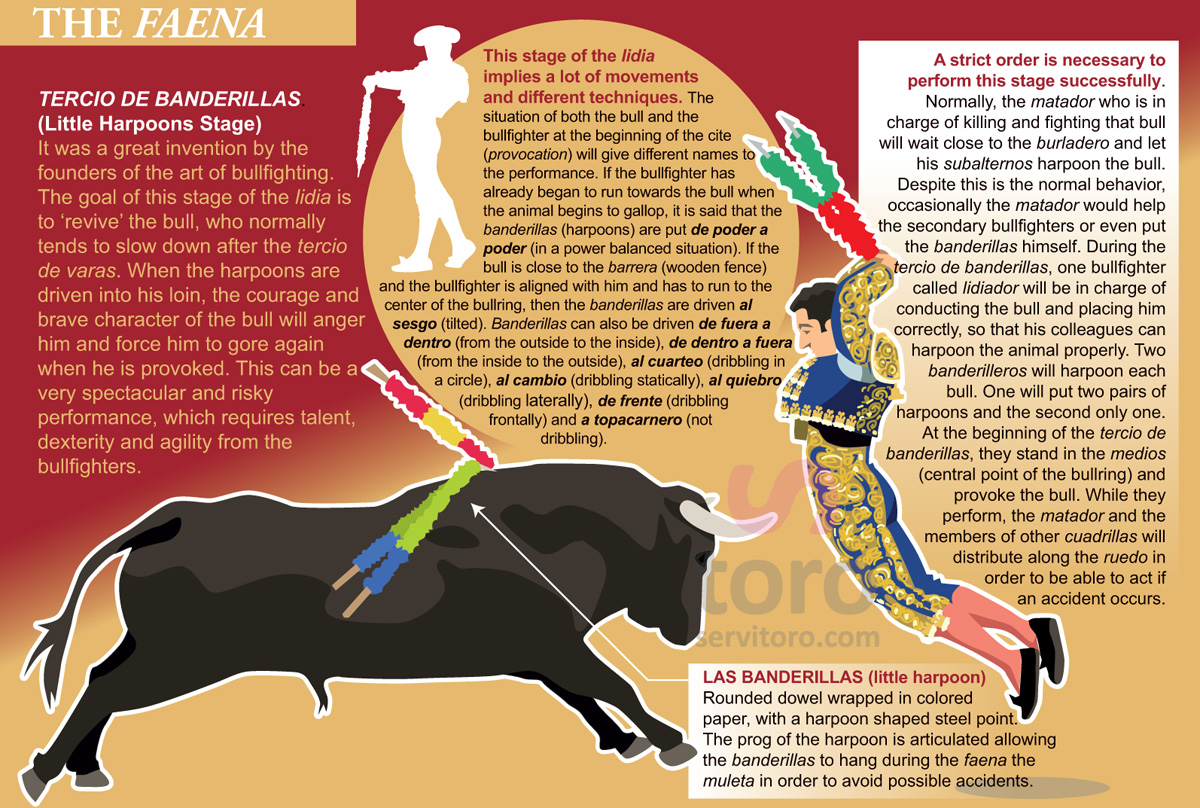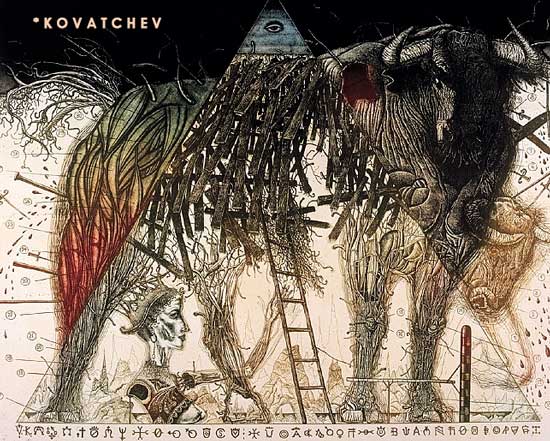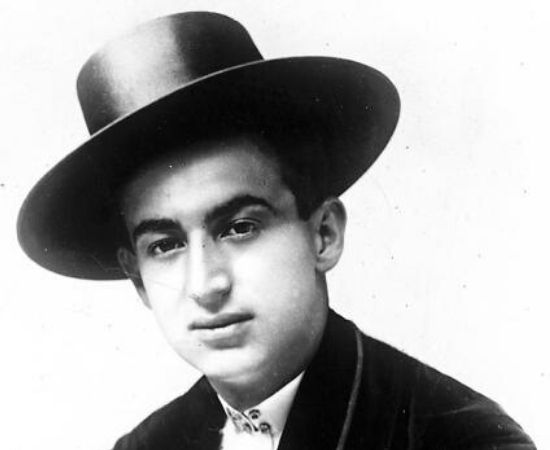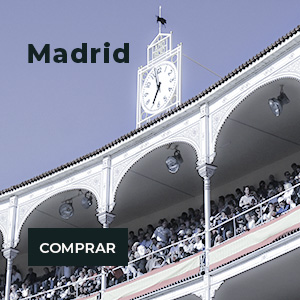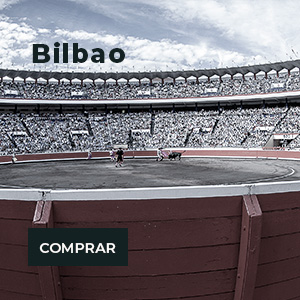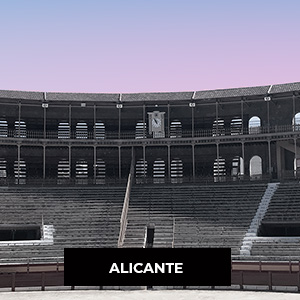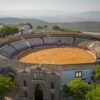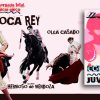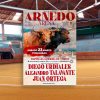Bullfighting, rooted in the cultural soul of Spain and other countries with Hispanic heritage, stands as a pillar of tradition, art and human value that deserves to be defended and understood in its complexity and richness. This article proposes a reflection on the importance of bullfighting, not only as a spectacle, but also as a profound expression of cultural identity, artistic value and connection with a historical tradition that continues to vibrate in the hearts of many communities.
First, it is essential to recognise bullfighting as a tradition that has evolved along with society, adapting and transforming, but always maintaining its essence as a symbolic confrontation between human beings and nature. Far from being a mere physical confrontation, the bullfight is a dialogue between human bravery and brute force, a ritual that celebrates life as much as it reflects on death. This duality reflects fundamental aspects of the human condition, such as overcoming fear, respect for one’s adversary and the search for beauty in the very act of fighting.
The artistic dimension of bullfighting is undeniable. Each bullfight is an ephemeral work of art, where the bullfighter, as an artist, performs a dance of precision, risk and aesthetics. The muleta and the cape are his brushes; the arena, his canvas. The movements, charged with technique and emotion, seek not only the triumph over the bull, but the creation of unique moments of beauty and harmony. This aesthetic dimension, recognised and celebrated by artists, writers and musicians throughout history, underlines the value of bullfighting as a living art form, which is renewed at every encounter.
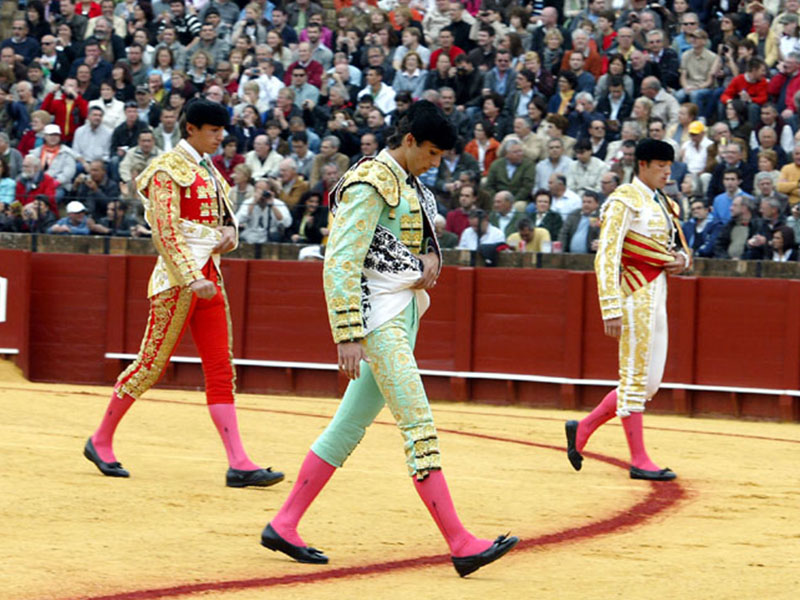
Moreover, bullfighting stands as a living testimony to history and culture. Every element, from the bullfighting costume to the rituals that precede and follow the fight, is imbued with meaning and tradition. To defend bullfighting is, in a sense, to preserve a cultural legacy that connects us to past generations, offering us a mirror of society’s values, struggles and aspirations over time.
It is also important to consider the social and economic aspect of bullfighting. Bullfighting generates employment and is an important source of income for many communities, as well as promoting tourism and the conservation of fighting bull breeds, contributing to biodiversity and the maintenance of ecosystems. In this sense, bullfighting can be seen as an integrating element of the local economy and environmental conservation.
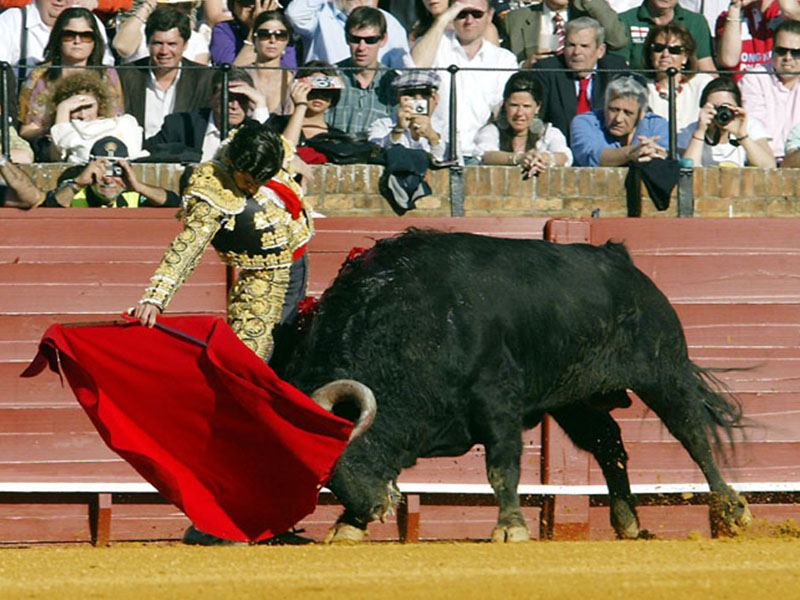
Defending bullfighting does not imply ignoring critical voices or ethical concerns about animal welfare. Rather, it invites a respectful dialogue and the search for ways for the tradition to adapt to contemporary values, without losing its essence. Innovations in practices and in the approach to the bull can open ways for a renewed bullfighting, which respects the life and dignity of the animal, while preserving art, culture and tradition.
Bullfighting, seen in all its complexity, is much more than the encounter between bullfighter and bull; it is a rich fabric of history, art, bravery and tradition that deserves to be protected and valued. To defend bullfighting is to defend an integral part of our cultural heritage, always seeking a balance between the preservation of our traditions and the adaptation to the ethical principles of our time. At this crossroads of modernity, bullfighting continues to be a point of encounter, reflection and expression of the human in its most artistic and courageous form.
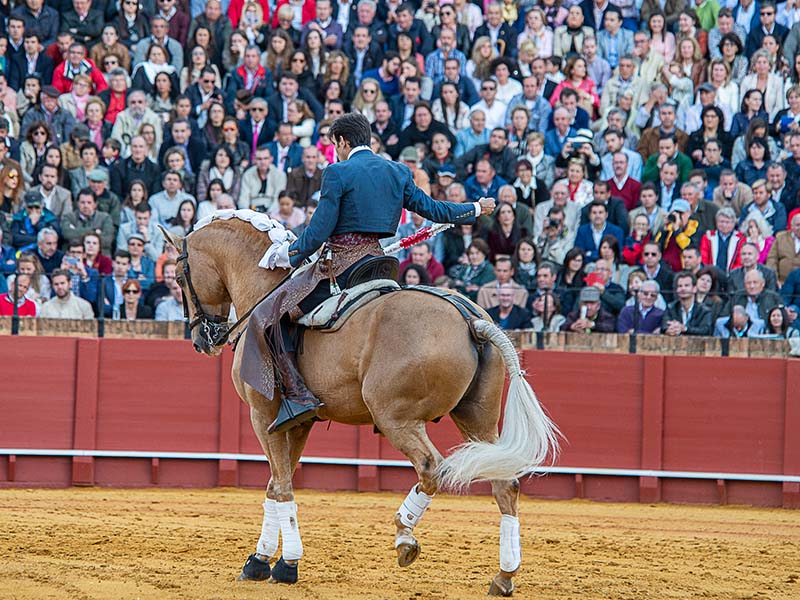

Upcoming bullfighting events
Consult the calendar of bullfights in Spain: Seville, Valencia, Madrid… more than 150 bullrings and bullfighting shows.

